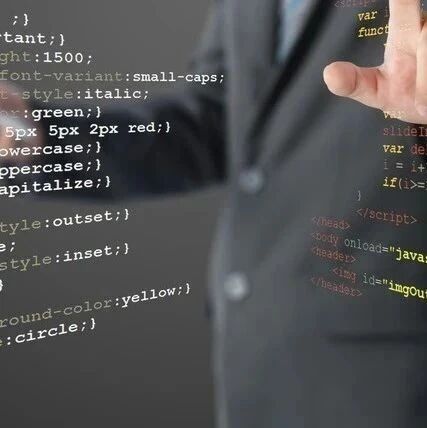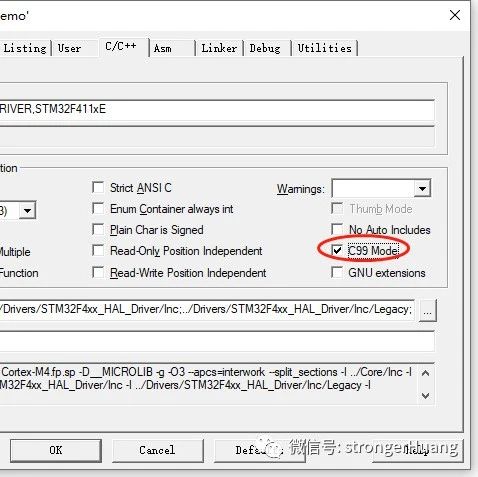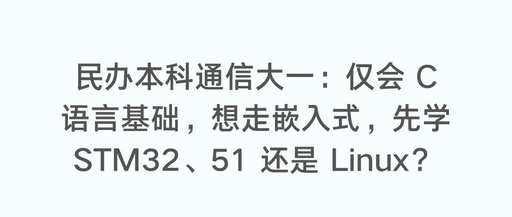Daily Practice | Basic C Language Training
Problem: Using the digits 1, 2, 3, and 4, how many distinct three-digit numbers can be formed without repeating any digits? What are they? NEXT Solution: #include<stdio.h> int main() { int i,j,k; printf(“\n”); for(i=1;i<5;i++) { // The following is a triple loop for(j=1;j<5;j++) { for (k=1;k<5;k++) { // Ensure i, j, and k are distinct … Read more








